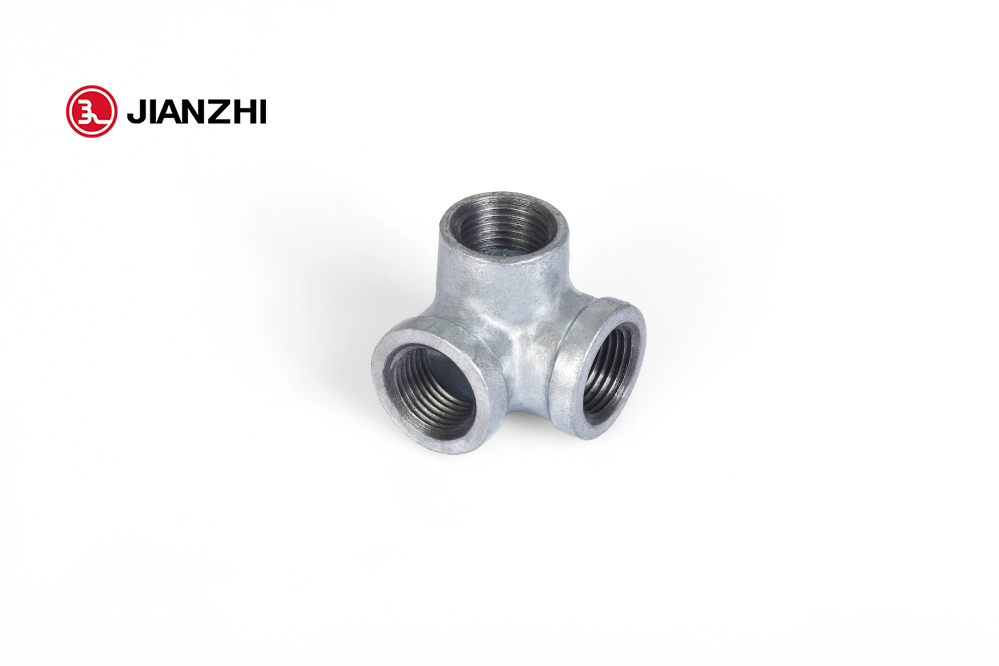Galvanized iron pipe fittings are an important part of industries that use galvanized iron pipes. Additionally, galvanized iron pipe fittings play an essential role in joining galvanized iron pipes for applications like plumbing, irrigation, and industrial piping systems. Their corrosion resistance, durability, and affordability make them a popular choice for both residential and commercial use. These fittings help join two or more pipes or connect pipes to other devices and equipment. They come in a variety of shapes and sizes to suit different piping applications.

This blog post will give a complete overview of galvanized iron pipe fittings, including:
- What are galvanized iron pipe fittings?
- Why use galvanized iron pipe fittings?
- Common types of galvanized iron pipe fittings
- Things to consider when choosing galvanized iron pipe fittings
- Tips for installing and maintaining galvanized iron pipe fittings
What are galvanized iron pipe fittings?
Galvanized steel pipe fittings are fittings made of hot-dipped galvanized iron or steel that is used to join galvanized iron pipes. The galvanizing process involves dipping iron or steel pipe fittings in a bath of molten zinc that forms a protective coating on the surface to prevent corrosion.
Galvanized iron is a popular material for water pipes and pipe fittings due to its corrosion resistance, mechanical strength, stability, and affordable cost. The zinc coating acts as a sacrificial anode, corroding first to protect the base iron from corrosion.
Why use galvanized iron pipe fittings?
There are several reasons to use galvanized iron pipe fittings over other types of fittings:
- Corrosion resistance: The zinc coating prevents corrosion from water, pressure and other environmental factors for years.
- Low maintenance: Unlike plastic fittings, galvanized iron fittings require almost no maintenance once installed correctly.
- Strength and durability: Hot-dipped galvanized iron fittings are made of robust and durable material that can withstand high pressures.
- Cost-effectiveness: Galvanized iron fittings are more affordable compared to stainless steel or brass fittings.
- Wide availability: Galvanized iron pipe fittings are available in various sizes and types to suit different piping needs.
Common types of galvanized iron pipe fittings
There are many types of galvanized iron pipe fittings available based on their shape and function in a piping system:
- Elbows – Used for changing the direction of pipe runs. Available in angles of 45°, 90°, and many more.
- Tees – Have three outlets at right angles to connect two pipe runs at right angles to another pipe.
- Couplings – Join two ends of pipes of the same size together.
- Reducers – Used to connect pipes of different sizes.
- Caps – Close the end of a pipe permanently.
- Unions – Allow pipes to be joined and disconnected easily for inspection or maintenance.
When choosing fittings, consider the pipe sizes, jointing type, and pressure ratings required for your specific application. Select higher pressure rated fittings if necessary.
